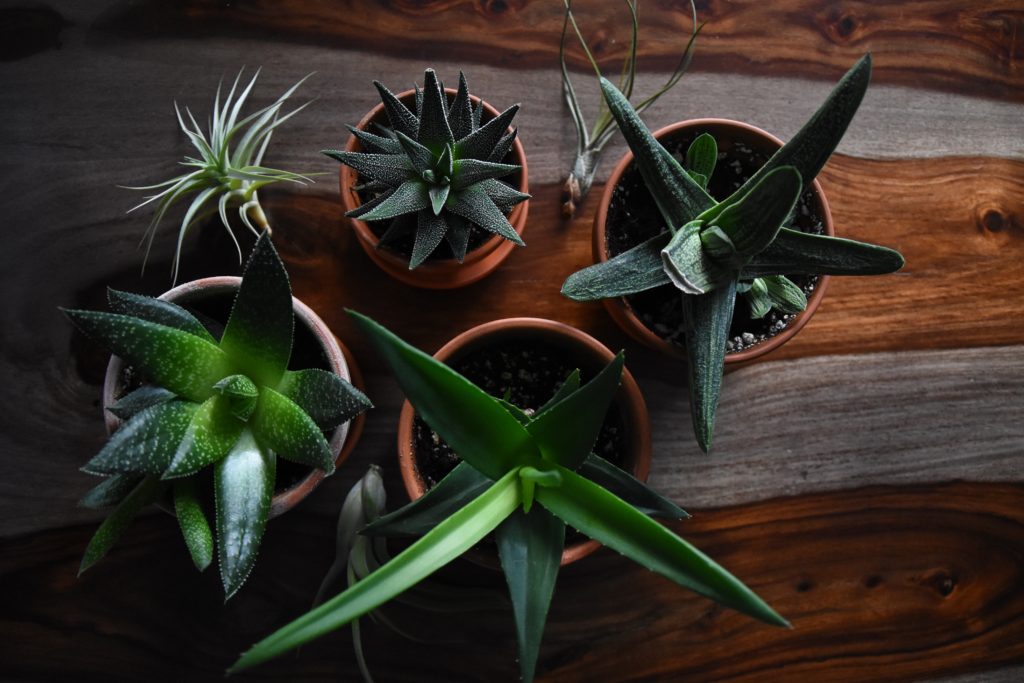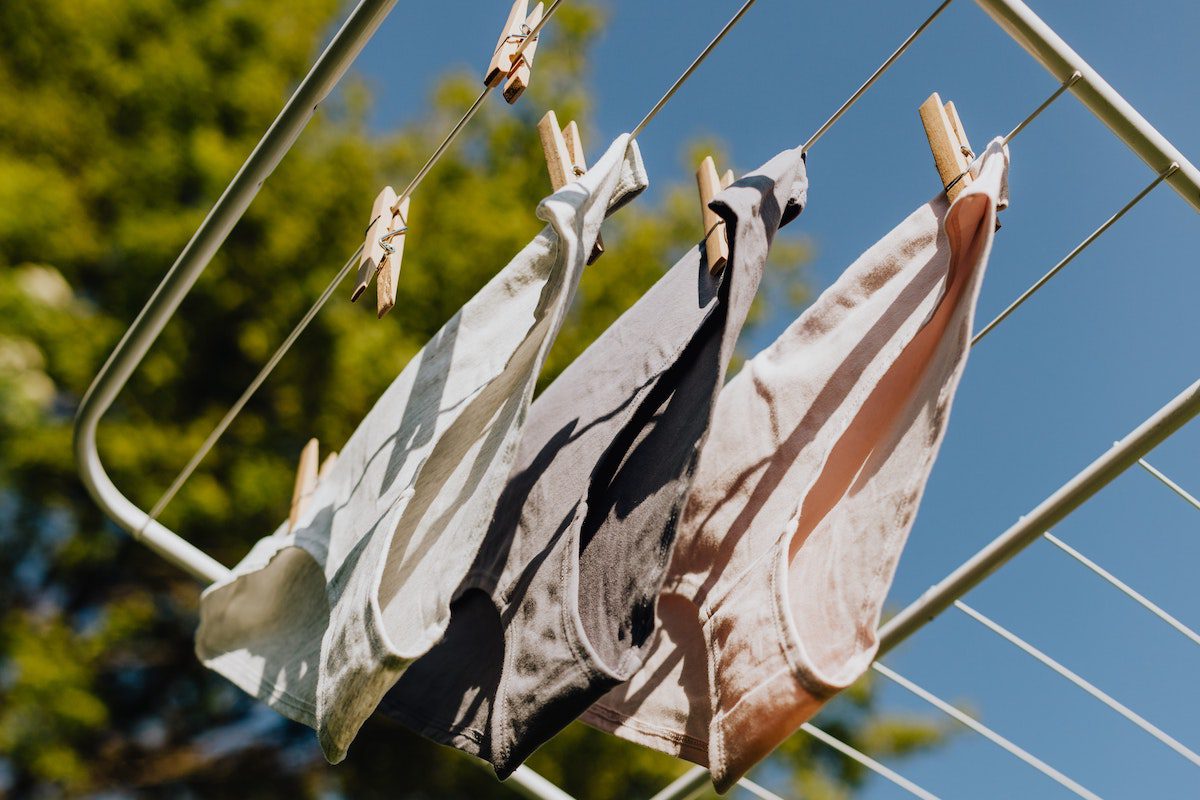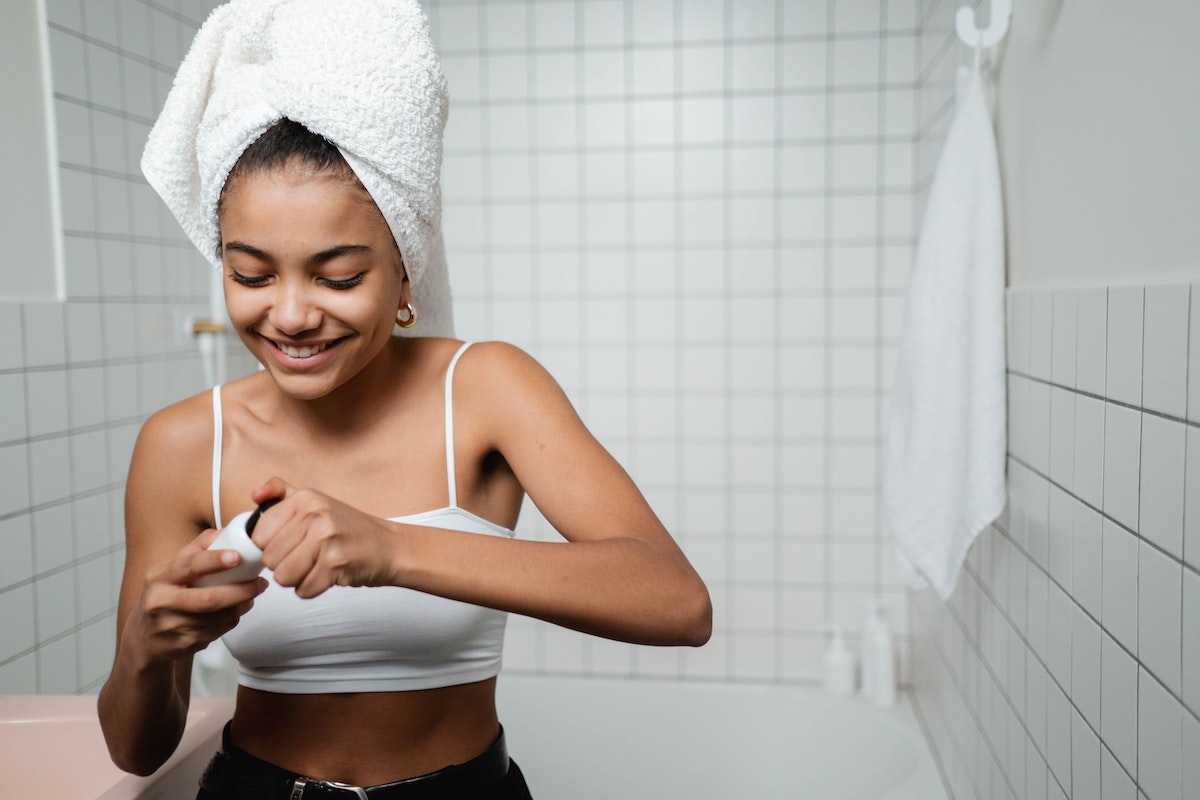Why Houseplants Are Essential to a Healthy Home (and How to Know Which is Right for You)
We spend roughly 90 percent of our time indoors. In an average week, that means we’re outside for about half a day. All of this time spent inside means we’re missing out on nature’s beauty, and the benefits that come along with it.
We’re all for actively pursuing more time in the sun, but we also know it’s not always possible (#adulting). That’s why we’re also big proponents of bringing some of the outside in. Houseplants aren’t just pretty; they’re also often inexpensive and low maintenance, and boast a host of health benefits.
Plants make great roommates because they release oxygen while absorbing carbon dioxide – the opposite of what humans do. According to a 1980 NASA study, keeping plants in your home has been found to help purify the air, by removing chemicals and toxins that can contribute to making you sick.
More recent studies have also found that houseplants help improve your well-being while boosting concentration and productivity. In hospital rooms, plants have been found to lower blood pressure, lessen fatigue and anxiety, and diminish the need for pain medication.
With these benefits and more, houseplants are an ideal addition to a healthy home, requiring just a little maintenance to ensure they flourish. But before you click ‘buy’ on a cart full of houseplants, do a little research. Plants are unique, and require a different kinds of care. When houseplants die, it’s often because the owner didn’t know how to care for them. This can be easily solved by learning the requirements when you purchase the plant. The basics:
- How much light does the plant require?
- How often and how much should you water it?
- Will the plant require pruning, and if so, how often?
- Does the plant need fertilizer, and if so, what kind, how much and how often?
- What temperature is best?
One of the many fabulous things about houseplants is that they’re not one-size-fits-all; there is an ideal plant for every home.

If you have a lot of light
Most plants require at least a little bit of light to survive, but some thrive in warm, bright areas more than most. If you have a particularly sunny home (lucky you!), select plants that will be a natural complement to those rays. If you’re looking for something on the smaller side, succulents and cacti are great options, and all fairly low maintenance. If you’re up for a little more labor and a larger plant is what you’re after, consider a fiddle-leaf fig tree next to a sunny window.
If you have a darker home
Many apartments don’t get much direct sunlight, which means we need to find plants that can flourish on their own. A snake plant is a great option for rooms with very low lighting, and has a reputation for being a hardy plant that can grow just about anywhere. It’s also easy to maintain; overwatering is a more common problem that underwatering. The ZZ plant has similar characteristics to the snake plant and is good for beginners.
Another low-light option is the peace lily. A peace lily is a beautiful addition to a low to medium light room because it is able to flower without direct sunlight. This flower loves water and needs to be watered once per week. It’s a great air purifier as well – NASA named it as one of its top 10 best plants for air cleaning.
If you’re looking to catch some z’s
The air purification effects of plants make them popular bedroom decorations. Adding a plant to your bedside table is a natural and beautiful way to help you sleep more soundly. Some of our favorite options to promote healthy sleep are night-time favorites lavender and chamomile. A university study also found that jasmine led to a better night’s sleep while decreasing anxiety.
Any plant that is an air purifier (such as a peace lily) is a good addition to your bedroom, based on your style preference and available light.
If you want something super low maintenance
Aloe is one of the more forgiving houseplants, and it only needs to be watered once the soil as gone completely dry. Depending on how humid your home is, aloe may not need to be watered more than every few weeks. To get started, place the plant in a warm, sunny spot and set your calendar to check the soil every week.
Peperomia is a easy-to-grow houseplant with many varieties. It’s on the smaller side, and does best in medium to bright light (but can survive in low light too). This plant doesn’t require pruning or fertilizer, and only needs to be watered when the soil is dry, making it a great plant for frequent travelers.
The cast iron plant thrives in low light, and can often be found in heavily shaded areas of buildings. Once the plant has a home with you, it won’t require frequent watering and will withstand even the brownest of thumbs!












